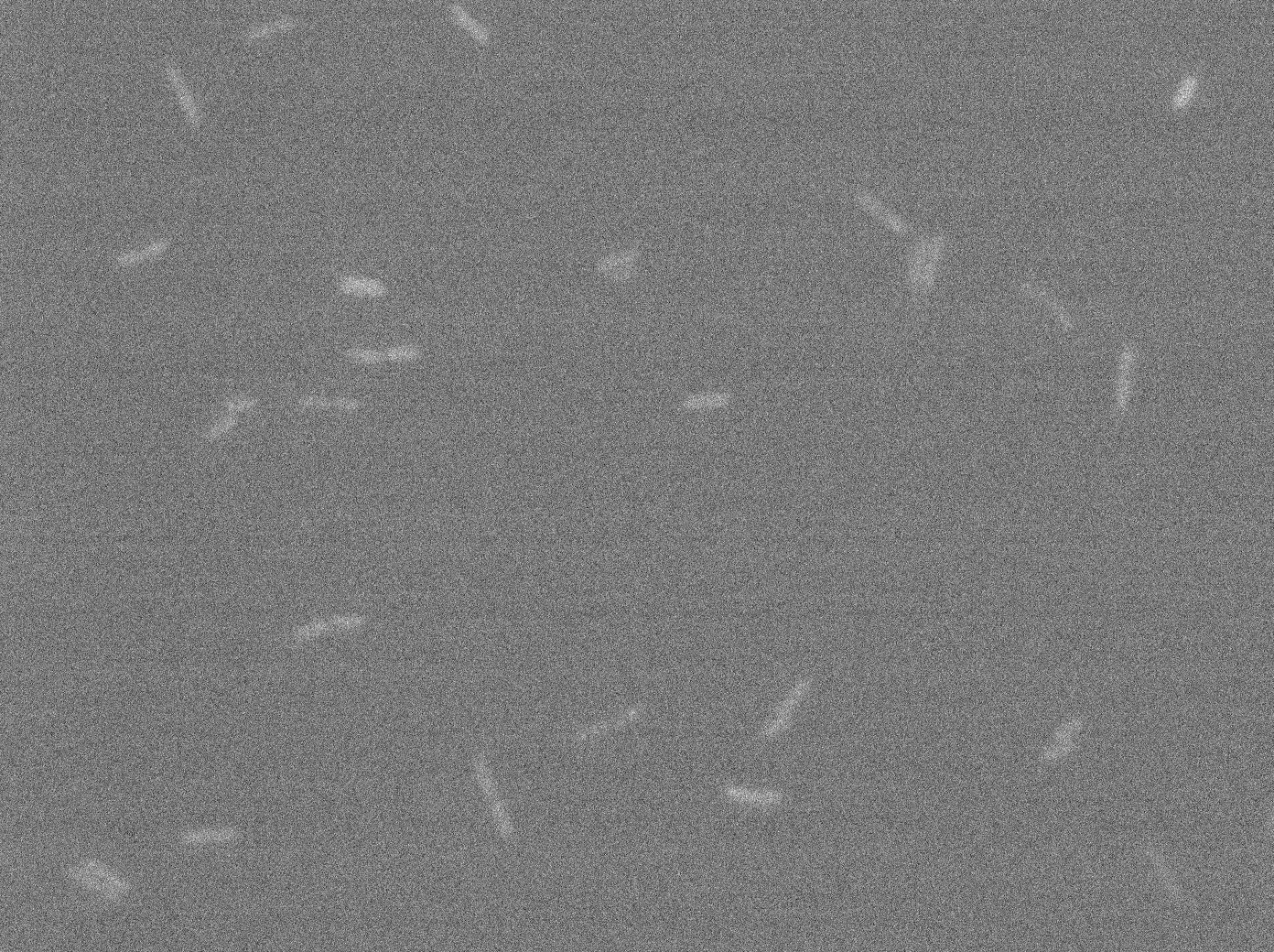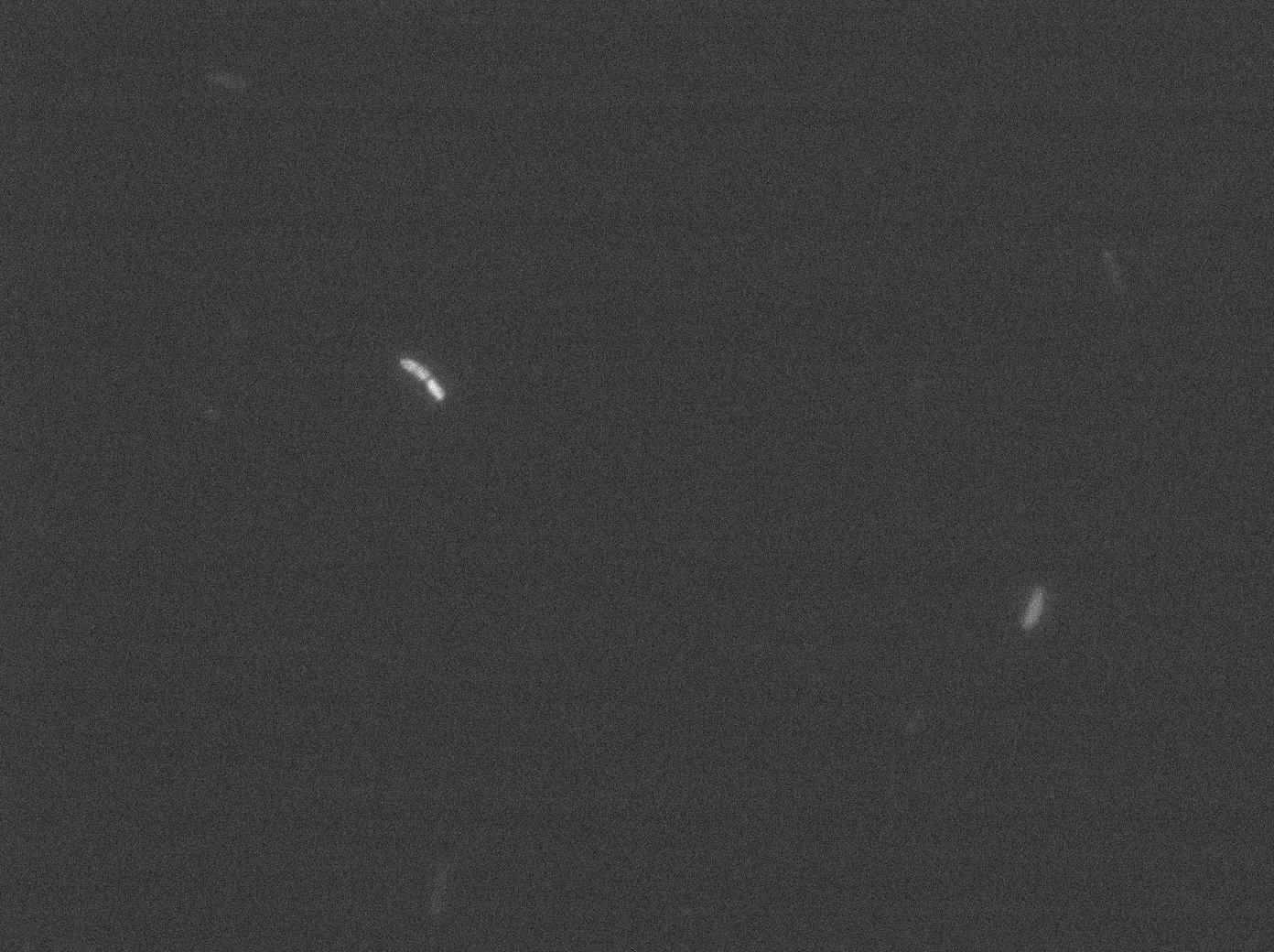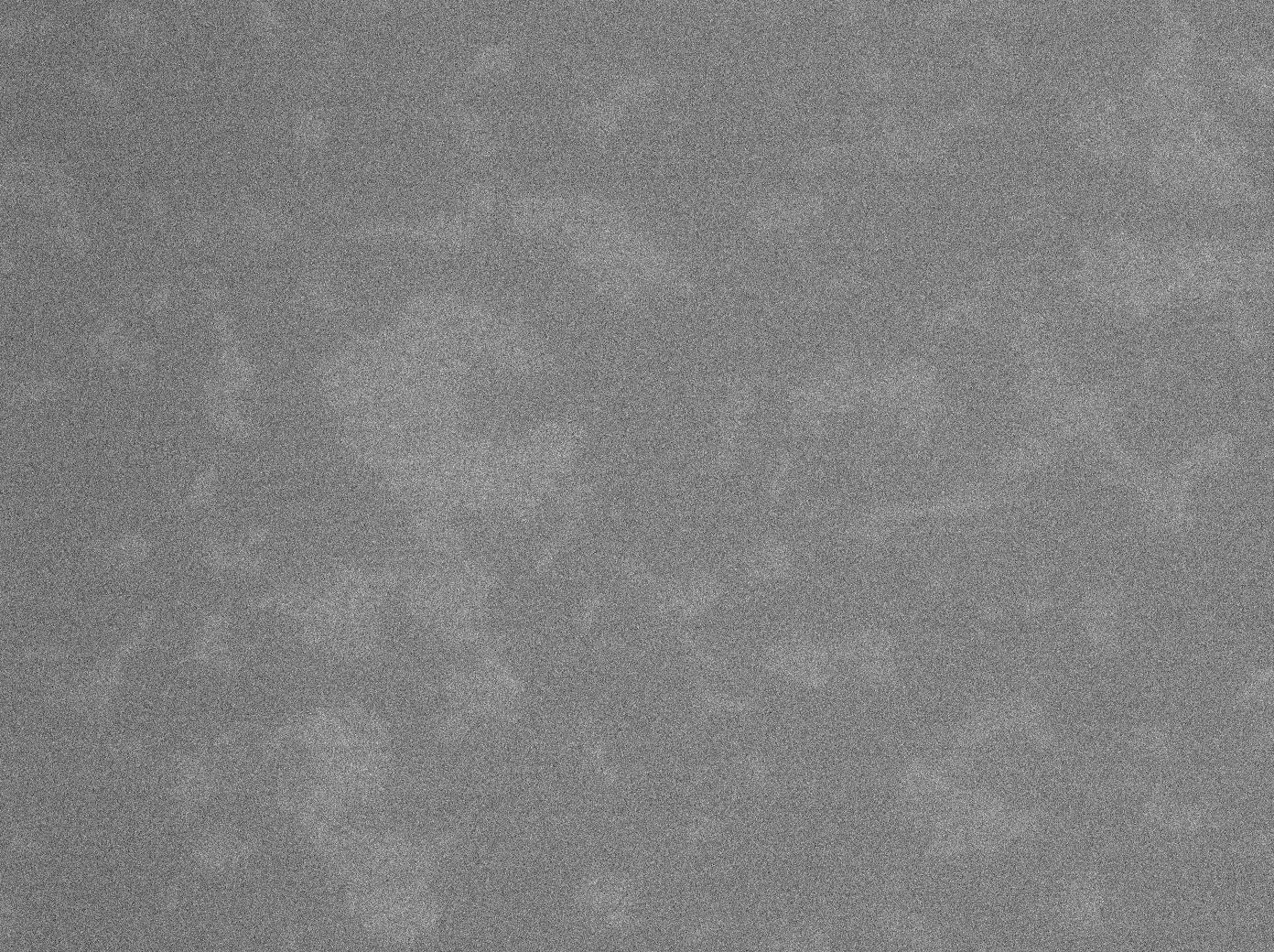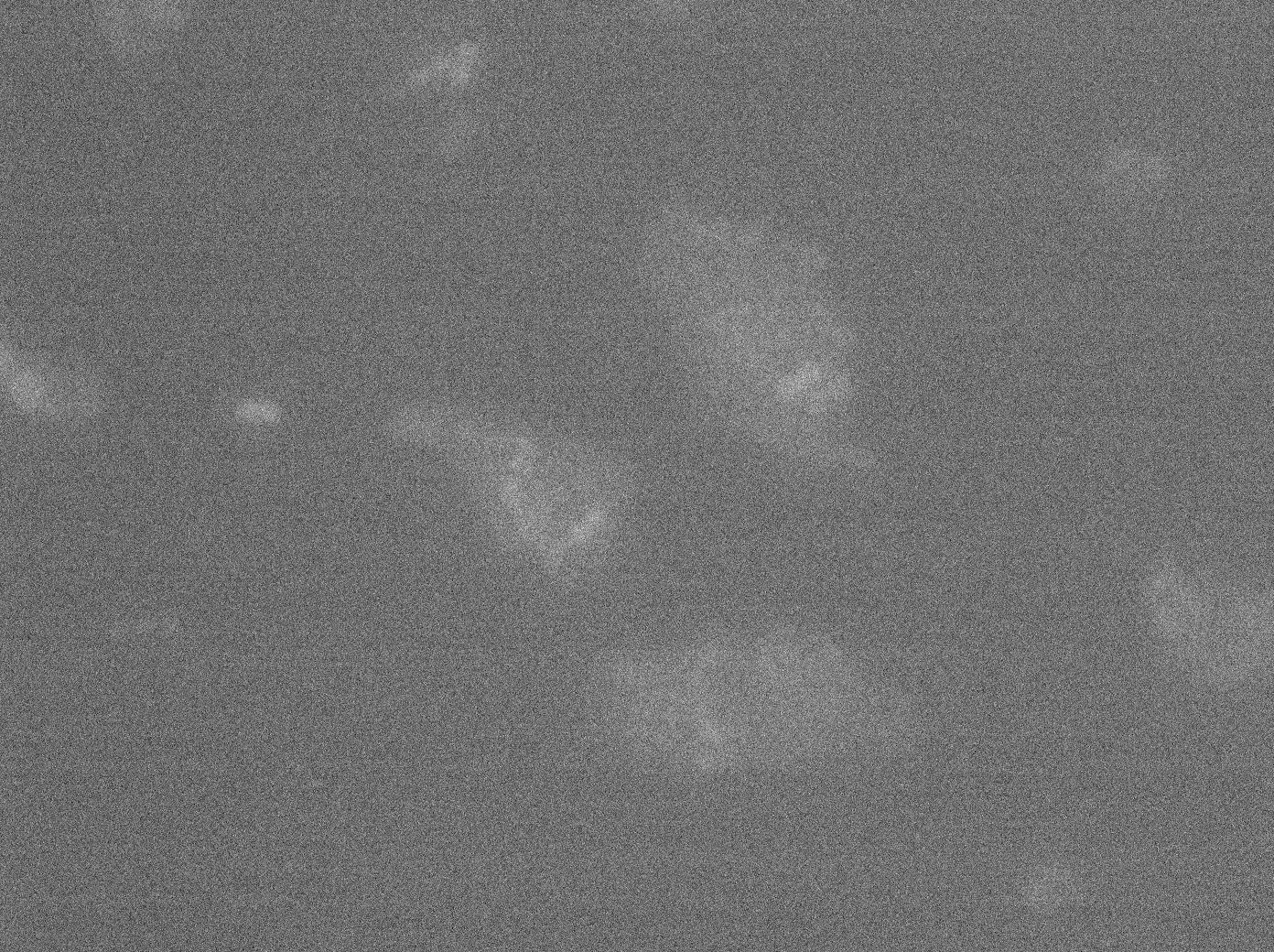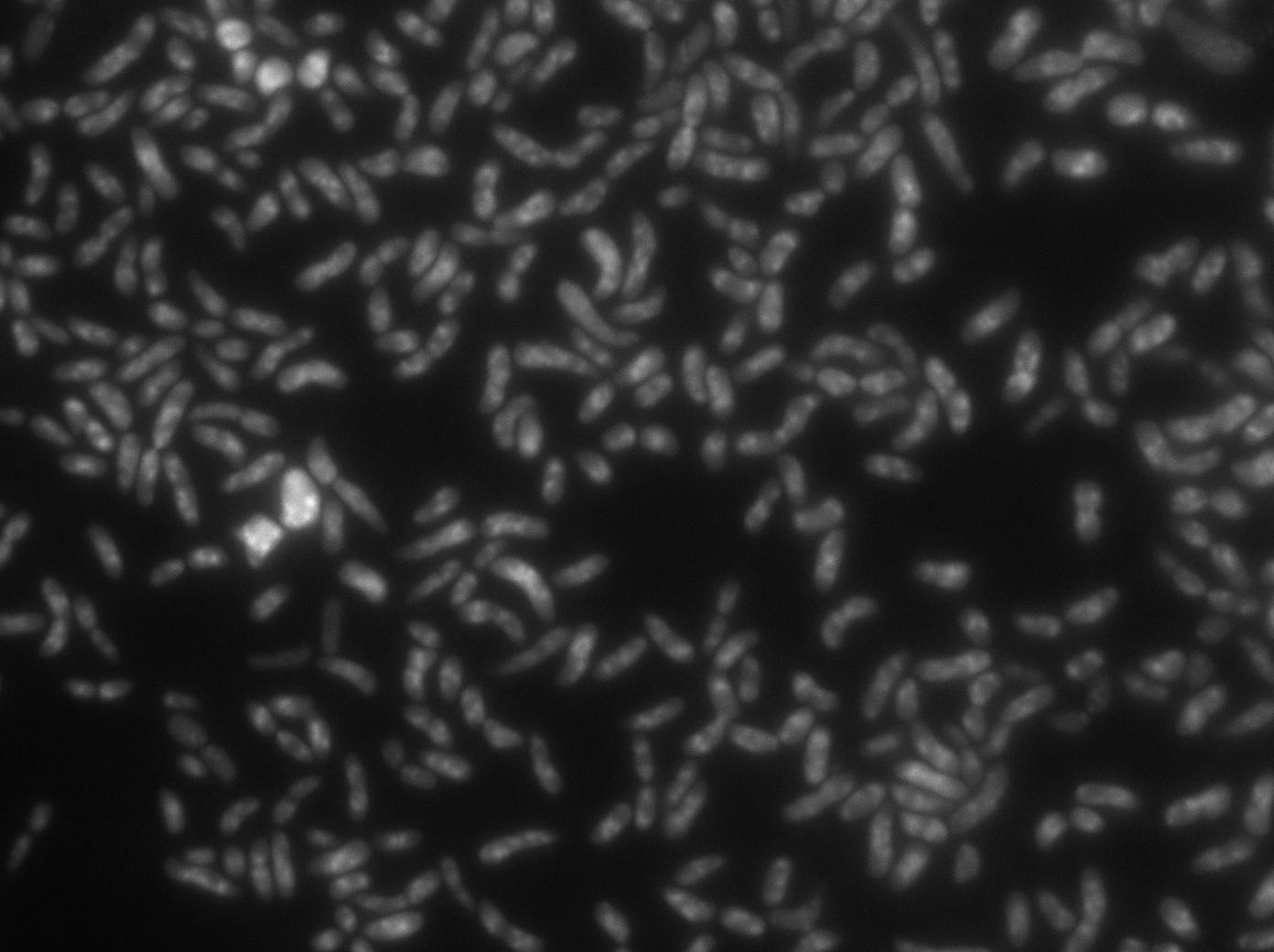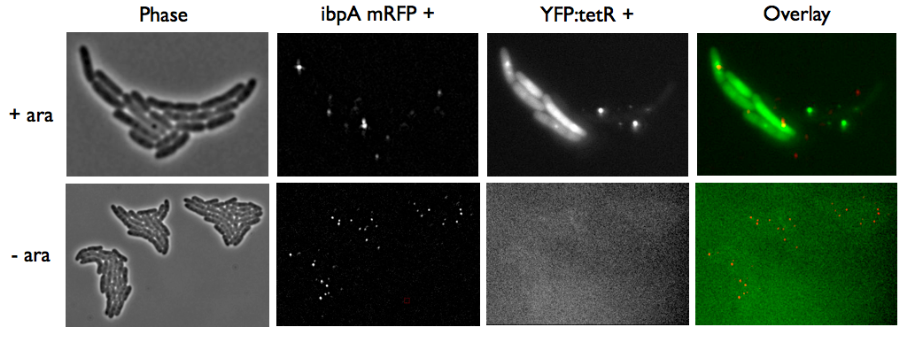Team:Paris Bettencourt/Experiments/YFP TetR diffusion
From 2011.igem.org

Experiments of the YFP concentrator design
The planning of the experiments is the following : first we have tested the strains from D. Lane containing YFP:tetR and tetO array. Then we constructed/biobricked the YFP:tetR and tetO array system. To finish with the microscopy step and results of this proof of concept between B. subtilis and B. subtilis / E. coli.
Design overview

Cloning of TetO array construction
More information on the design here : link
Parts and biobrick system construction
YFP:tetR construction

Cloning plan of YFP:tetR construction
TetO array construction

Cloning plan of TetO array construction
Results
Start with the good news :We success to biobrick the TetO array and the next step is to characterize it. The plan is to do microscopy in E. coli double transformated with YFP:tetR WT and tetO array BB, E. coli with YFP:tetR WT only (already have from D. Lane), E. coli with tetO array BB only, Subtilis with tetO array (in pHM3 or K090403).
The bad news :
We have a lot of trouble to biobrick the YFP:tetR so it will be done if we successed to go to the World Jamboree.
Testing the YFP:tetR and tetO array strains from D. Lane
In the article [1], E. coli strains are growing at 20°C to avoid protein agregation but the problem is that nanotube between B. subtilis has been only proved to exist at 37°C. We test different possibilities : at 37°C or 30°C and concentration of arabinose (0% - 0,1% -0,2%) to deal with protein agregation.
With the combinaison of YFP:tetR and TetO array plasmids, we can see few loci of fluorescence with 0,2% arabinose and because there are in the cell extremity we can suppose that it is concentrated fluorescence in tetO array. Nevertheless the protein agregation is very effective when there is only YFP:tetR at 30°C and 37°C in E. coli.
More pictures and information on the notebook here : link
Characterization: Biobricked TetO Array's running way
Microscopy of double transformated pFX234 / Biobricked TetO Array E. Coli
In order to do this characterization, we took pictures of different plasmids containing only TetO; TetR + YFP; TetO + TetR + YFP. in each case we made a control by non inducing the promoter with arabinose in E. coli (double transformated with pFX234 and TetO Array).
The pictures of tetO show no YFP activity, which is normal because there is no YFP sequence in these plasmids.
The tetR-YFP construct which constitutes the transmitter part, occasionally shows gross aggregated YFP. This is not what we expected at first, but that does not prevent us to characterize the full construct.
After observing the full construct's pictures, we can obviously distinguish glowing dots in some cells. They reflect the behavior we expected. Indeed, appearance of dots (red arrow) shows that the receiver (tetO array) actually links tightly to tetR-YFP which is the emitted protein. Not all the dots are highlighted with red arrows but all are fluorescence loci !
</html>
Microscopy of ibpA mCherry double transformated in E. Coli
We transformated ibpA mCherry cells (expressing a RFP in a agregation chaperon protein, with courtesy of Anne-Sophie Coquel, Inserm U1001) with pFX234 YFP:tetR and biobricked TetO Array plasmids to differenciate TetO array foci than agregation.
- Case of YFP:tetR over-expression by arabinose induction
Microscopy shows overlap for most foci and mCherry agregation but there is some foci that is alone.
Hopefully we don't expect to get high concentration of YFP:tetR in receiver cell so it will be ok.
- Case of YFP:tetR low expression by arabinose induction
Microscopy shows that most of agregation are gone and we have more not-overlaping foci.
We could manage to get less agregation if we deal with the arabinose induction.
Future
Next step is to biobrick the YFP:tetR fusion protein so we can finish the cloning plan and put the system in B. subtilis. Hopefully we can improve our GFP diffusion experiments and have a better characterisation of nanotubes !References and acknowledgments
- Kinetics of plasmid segregation in Escherichia coli, Scott Gordon, Jerôme Rech, David Lane and Andrew Wright, Molecular Biology, available here Thanks to David Lane, Andrew Wright and François-Xavier Barre for information and great help they gave to us
 "
"

